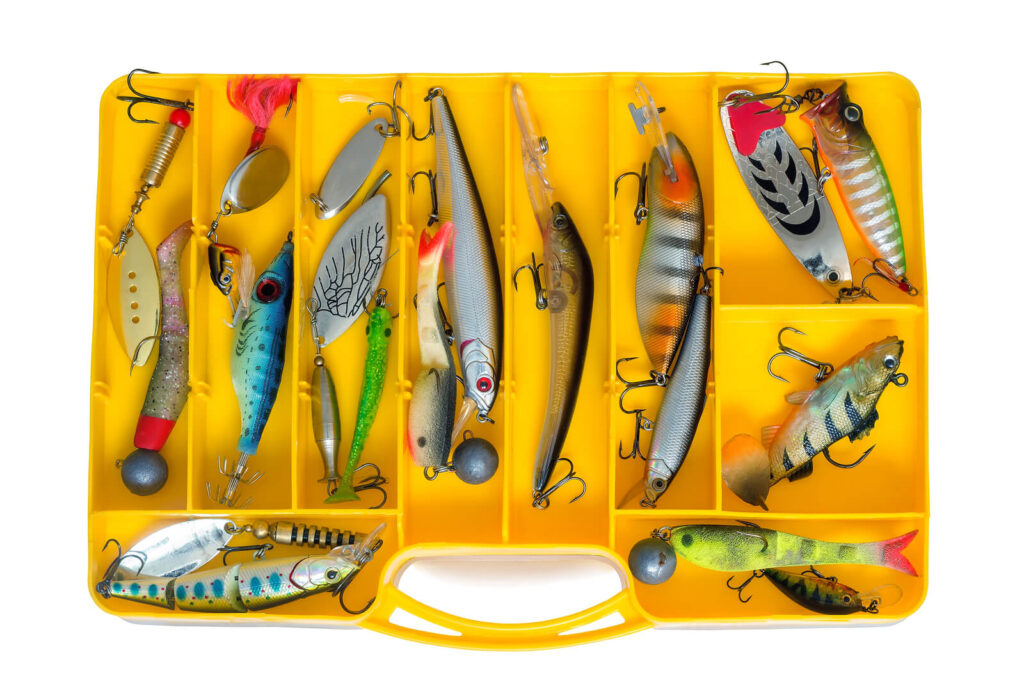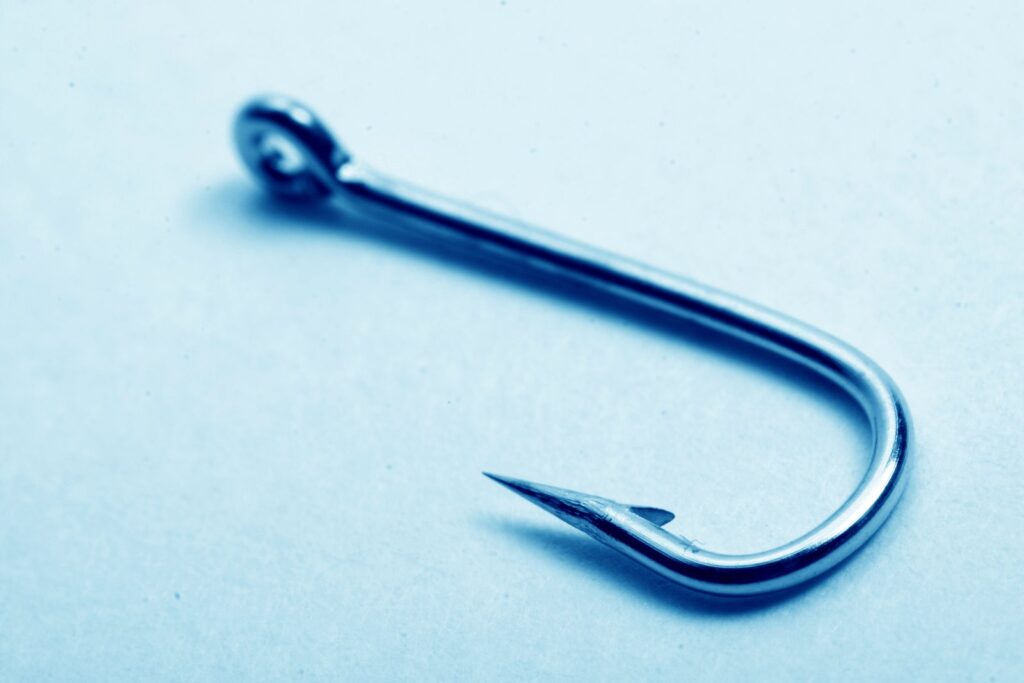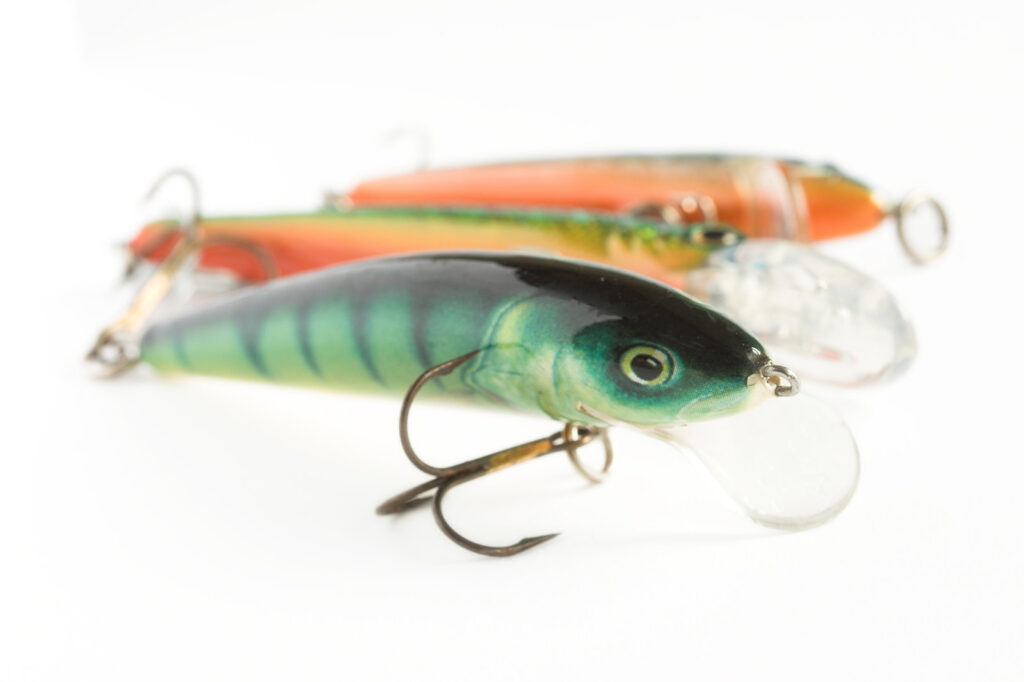Given that fishing means you’re interacting pretty directly with nature, it probably comes as no surprise that there are environmentally friendly types of fishing gear out there for you to use.
And, if you’ve ever felt that uneasiness when you have to snap a line that’s snagged on a rock, leaving it to float free in the ocean, a lake, or a river, then this is a topic you’ll undoubtedly appreciate.
So, grab your rods, and let’s cast our lines into the world of environmentally friendly fishing tackle!
Why You Should Use Environmentally Friendly Fishing Gear
Fishing is a very popular sport and hobby for people all around the world. It’s also a method for people to catch food. With this popularity (and the fact that the fishing industry plays a big part in supplying food to the masses) comes the unfortunate increase in fishing waste and plastic pollution.
This pollution causes what’s known as ghost fishing – where fish get caught in discarded fishing equipment such as ghost nets.
If you’ve been near any body of water where people fish, you’ve probably even seen some of this lost fishing gear first-hand – either lying on the sand, tangled on a rock, or floating in the water.

By using environmentally friendly fishing equipment as an angler, you can help to minimize this waste as well as the negative impact that fishing can have on the environment. Things like biodegradable gear and sustainably-sourced gear on your next fishing trip will make a huge difference.
Types Of Eco-Friendly Fishing Gear
These days, there’s a great range of sustainable fishing gear that you can buy to ensure that, if you do happen to lose some of it at your favorite fishing spot, it’s not going to stick around forever and cause harm to the animals or the environment.
Fishing lures
Fishing lures are one of the easiest things to lose when you’re trying to catch a fish. Soft lures can come off the hook, hard lures with the hooks attached can get caught on underwater debris and force you to cut your line, and both can be lost when you’re battling a fish.

Luckily, there are eco-friendly fishing lures in a variety of shapes and forms.
- Soft lures: Soft plastic lures do not break down in the water or in a fish’s stomach. This, of course, can lead to pollution and may even kill the fish. There are soft lures made from biodegradable materials (such as biodegradable plastic alternatives) that are an excellent substitute and will do the job of attracting your target fish just as well as traditional lures.
- Hard lures: There are also a number of hard lures to be found that are more sustainable. For example, you can find some made from recycled ocean plastic, wooden lures, etc.
Fishing line
Fishing line is a big problem when it comes to its environmental impact. Not only is it hard to see, but it gets tangled easily and can therefore pose a serious risk to wildlife and even humans in the wrong circumstances.
Sustainable & eco friendly fishing line, such as biodegradable monofilament line, is a great choice if you don’t want your lost fishing line floating around in the ocean for hundreds of years. And it still works very well too.
Eco Friendly Fishing Weights
Lead fishing weights, while cheap and easy to mold, are toxic and can leach into the water more easily than some other materials. Alternatives are just as effective and are not toxic to the environment or most animal life in small amounts.
It’s also easier to find these alternatives than it used to be, as more and more manufacturers are considering the toxicity of lead when creating their products and want to minimize environmental impact.
A few alternative materials to lead fishing weights include:
- Brass
- Tungsten
- Bismuth
- Steel
- Tin
Other gear and considerations
There is a lot more to consider than just the basic fishing gear if you want to have the smallest impact on the environment possible. Things like your tackle bag, the spool that your fishing line is wrapped around before you set it up on your rod, and even the types of hooks you use all contribute to your footprint. Here are some tips to become an even more eco-friendly angler.
- Choose sustainable tackle bags such as those made from recycled fishing nets or other recycled materials.
- Consider buying fishing line that comes on a biodegradable spool instead of a plastic spool.
- Use circle hooks instead of J-hooks to prevent further harm to the fish.
- Whenever you buy any new fishing gear (whether it’s a new reel or a pair of waders) consider how it has been made and whether or not it uses sustainable materials.

FAQs
What fishing gear is environmentally friendly?
These days, there is a lot of environmentally friendly fishing gear available. If you know where to look, you can find anything from fishing line and lures to tackle boxes and waders that have been made with biodegradable or recycled materials.
Can fishing nets be made biodegradable?
Yes, fishing nets can be made biodegradable. There are a number of projects that have the goal of creating biodegradable nets and replacing all polyethylene fishing nets.
What is the most sustainable way to catch fish?
Rod-and-reel fishing is one of the most sustainable ways to catch fish. This is due to there being a lower chance of bycatch, unwanted fish can be released, and it helps prevent overfishing.
